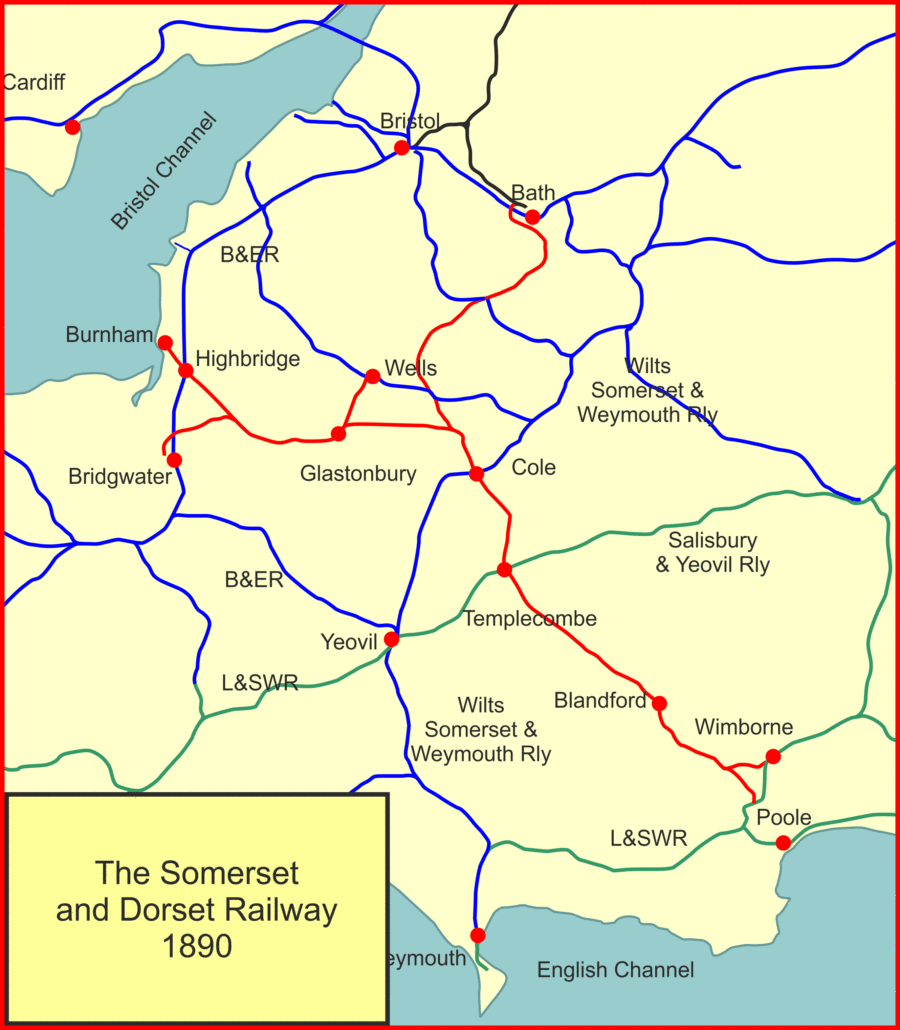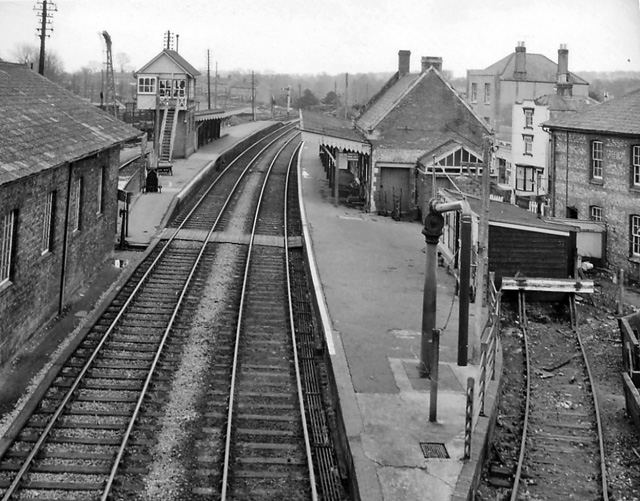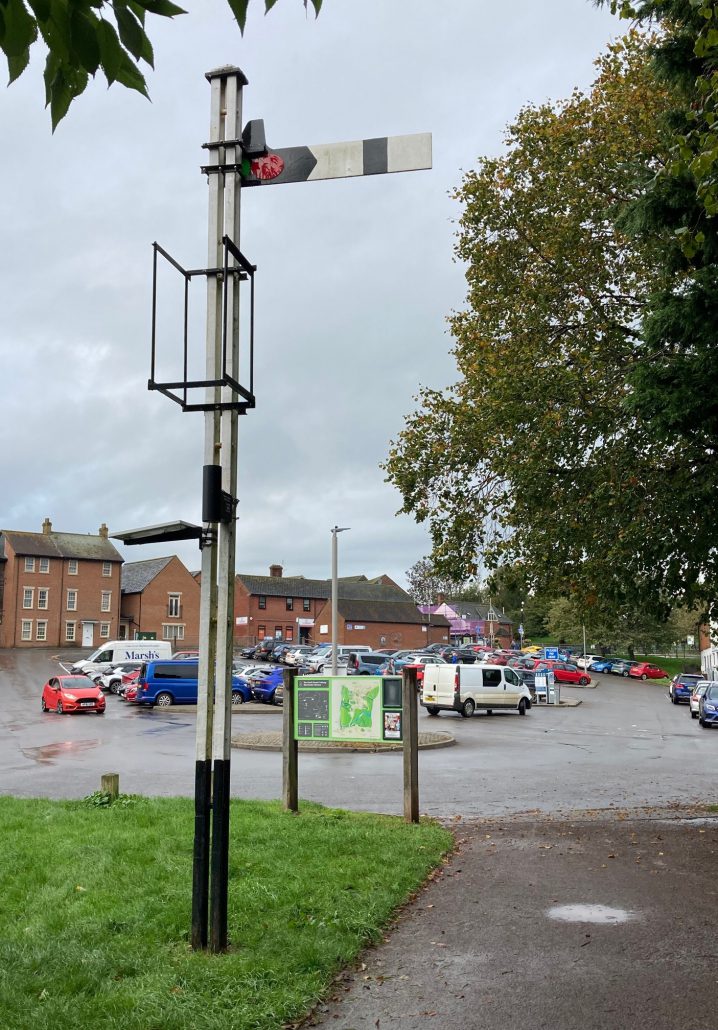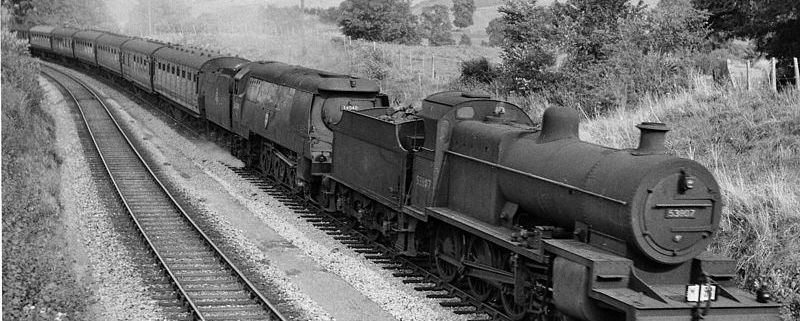Slow and Dirty? Swift and Delightful? or Sabotaged and Defeated?
On Tuesday 05 December at 2.30p.m. at Gold Hill Museum, Professor Colin Divall takes as his subject “The Puffing Billy of the Hedgerows” – the politics of the Somerset & Dorset Railway closure, c.1951-67.
Colin writes: “The Somerset & Dorset’s closure in March 1966 was one of the most bitterly fought of the Beeching cuts in the South West. Accusations of fiddled figures, poor marketing and deliberately missed connections painted a picture of a valuable north-south link sabotaged by short-sighted railway managers and uncaring Whitehall mandarins. More than 60 years on we can now see that the line was financially in deep trouble by the early 1950s. Given the widespread belief in the 1960s that cars and buses were the future of personal mobility, modernization was never going to be enough to save a heavily loss-making route that ran through solidly Conservative constituencies rather than the marginal ones which saved some other lines.”

Physical and political geography always detracted from the efficient working of the S & D. Its northern line to Bath across the Mendips was expensive to build, maintain and operate. (Marked in red on Afterbrunel’s map). The summit at Masbury was 811 feet above sea level. This was one hundred feet higher than the altitude of Shaftesbury, which never managed to attract a railway line or station. S & D historian Robin Atthill writes that the line shows signs of high engineering competence in extraordinarily difficult terrain: it winds almost continuously, with long stretches at the ruling gradient of 1 in 50, four tunnels totalling nearly 2.600 yd, and seven major viaducts. Most steam locomotives needed assistance to haul trains over the Mendips; freight trains with ‘bankers’ to push, and express passenger trains with double-heading between Bath and Evercreech. This included relatively modern designs such as the West Country class Light Pacifics to which the locomotive Shaftesbury belonged. (In the photo above an S & D Fowler 2-8-0 pilots the West Country Crediton.) Requiring two engines for many trains doubled the costs in crew, coal, and locomotive maintenance, and high average speeds were impossible to attain.
After grouping of the private railway companies in 1923, S & D routes fell into the domains of the Great Western and the Southern, while popular long-distance passenger services, such as the Pines Express from Northern cities to the holiday destination of Bournemouth, originated in London Midland and Scottish territory. Long-serving S & D railwaymen suspected that the GWR (Western Region after nationalisation in 1948) had little affection for the S & D. In 1965, Robin Atthill writes, a mass meeting at Templecombe accused the Western Region in the presence of two MPs and four prospective candidates, in front of television cameras and microphones, of “cold-blooded, deliberate murder of the line, planned and carefully executed over a period of ten years, way before Dr Beeching’s plan.”
Efficient running of the S & D was further compromised by the fact that more than a third of the Bath to Bournemouth line, and in particular the section between Templecombe and Blandford, was always single track, creating potential bottlenecks at passing loops at stations such as Stalbridge, Sturminster Newton, and Shillingstone. With the exception of Shillingstone, there are few traces left of many of the Dorset S & D stations or halts. Blandford was easily the most impressive station belonging to the Somerset & Dorset, with a splendid station building on the up [northbound] platform, a subway, and a lofty signalbox dominating the scene on the down side. (Atthill)


Colin Divall is professor emeritus of railway studies at the University of York and was until 2014 head of the Institute of Railway Studies & Transport History, a joint venture with the National Railway Museum. Brought up near Wimborne, he remembers the last passenger trains over the Somerset & Dorset in March 1966, when he was surprised to discover that some steam engines were painted green not the grey gunk with which he was familiar. Colin is now exiled to former Great Western Railway territory – Bridport – where he researches the post-war politics of rural transport in the West Country as well as contributing to the East Dorset railways website, eastdorsetrailways.org/
This illustrated talk is free to members of The Shaftesbury & District Historical Society, while seats should be available from 2.20pm to non-members on payment of £3 at the door.



